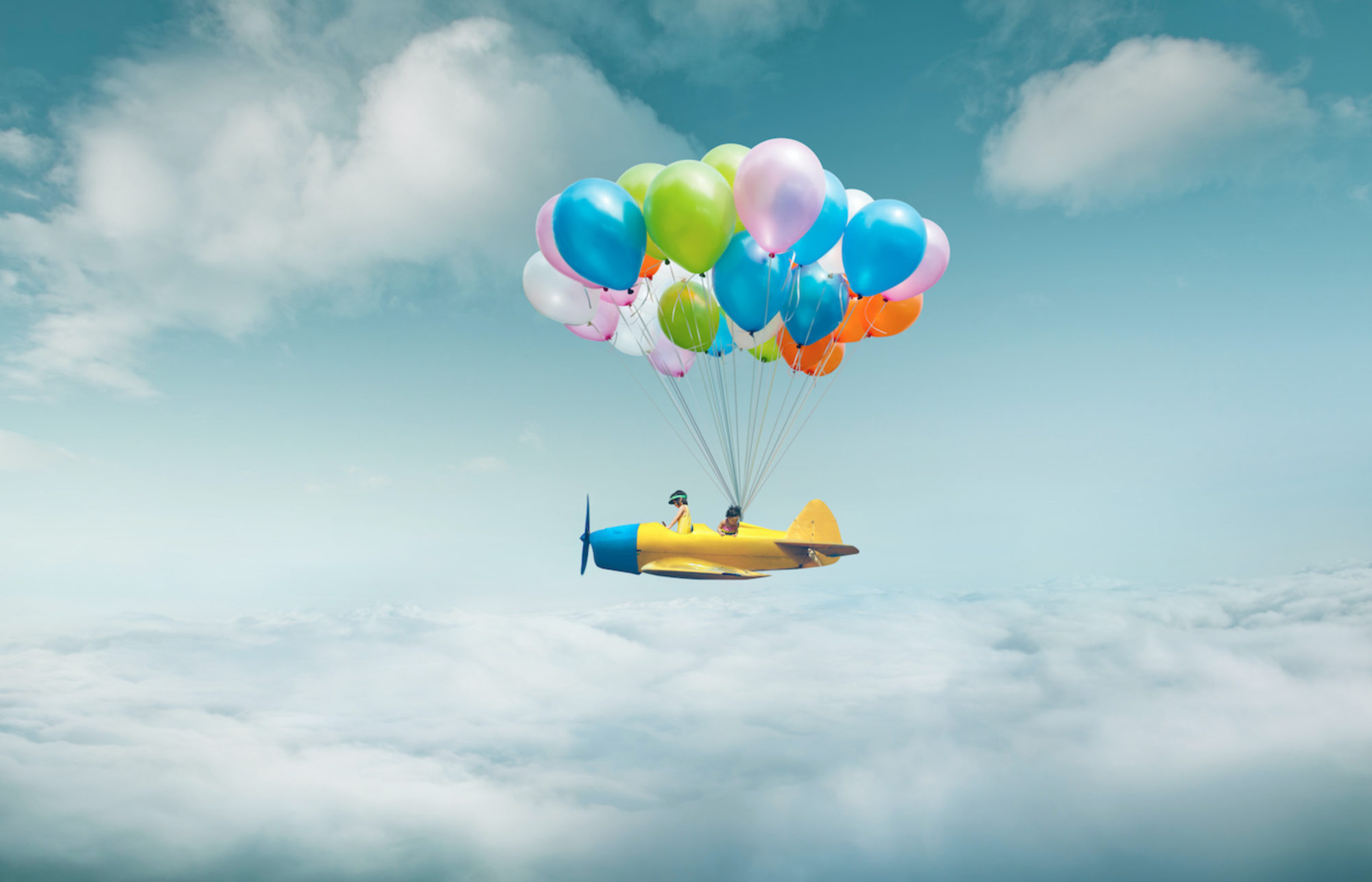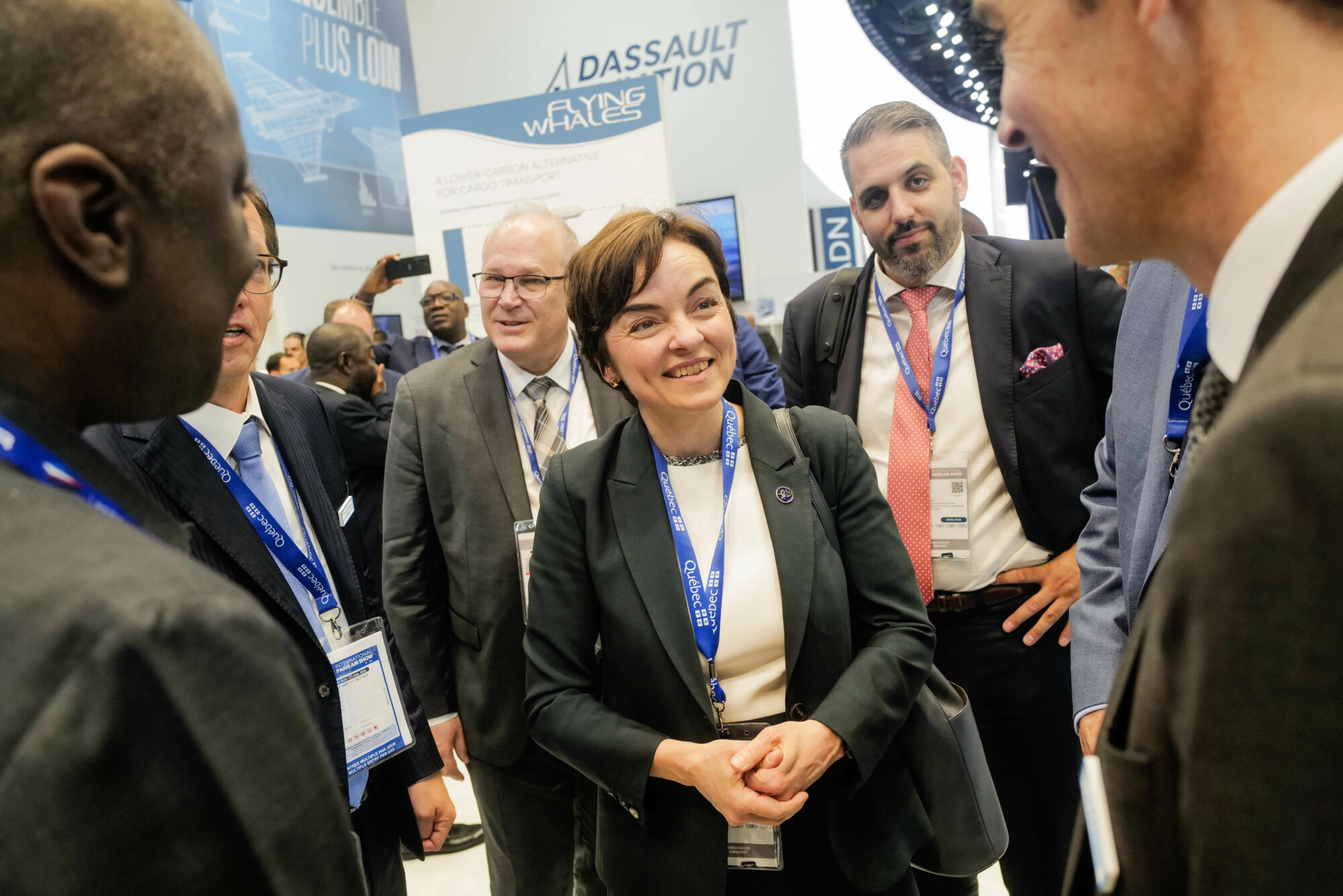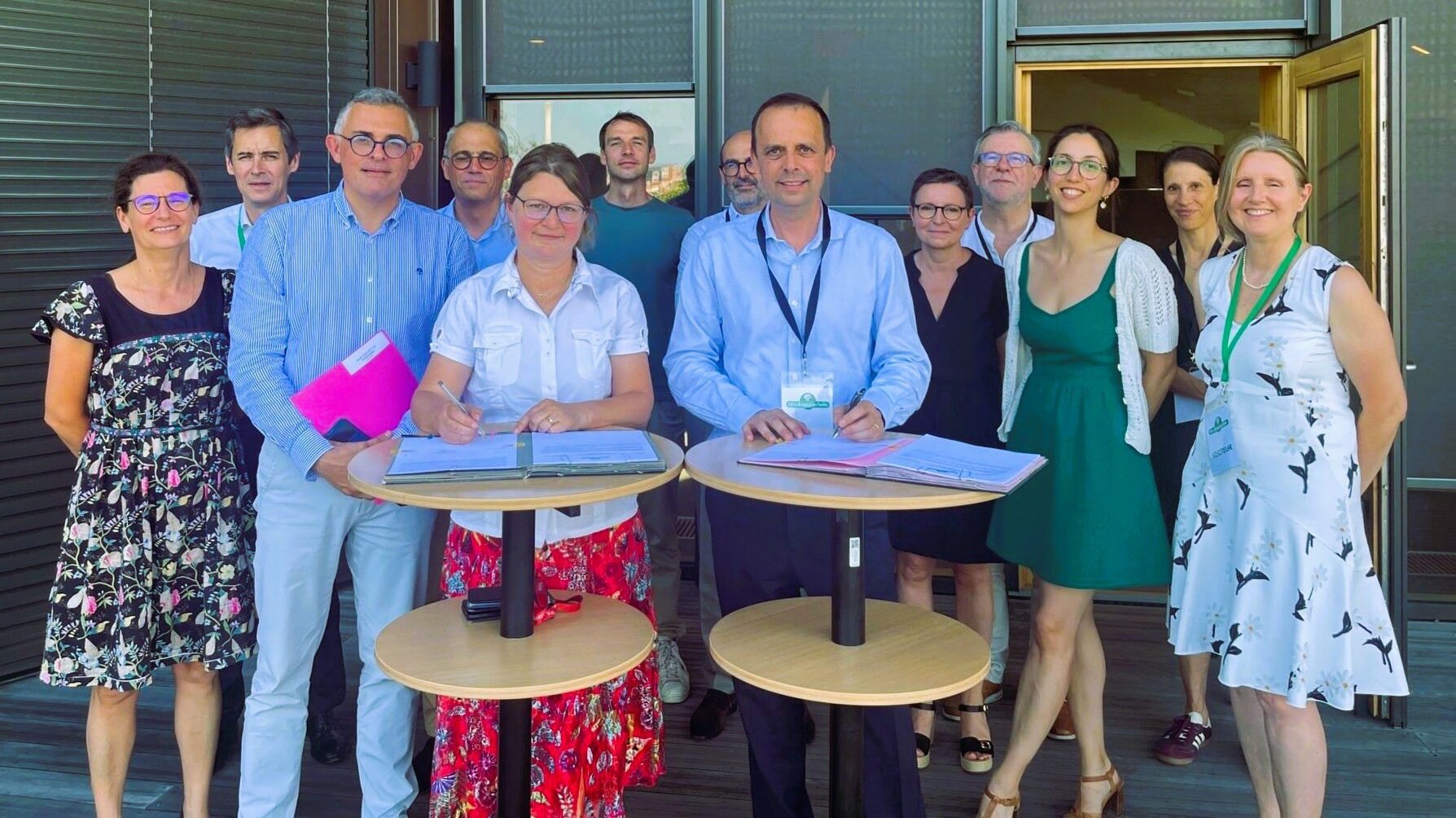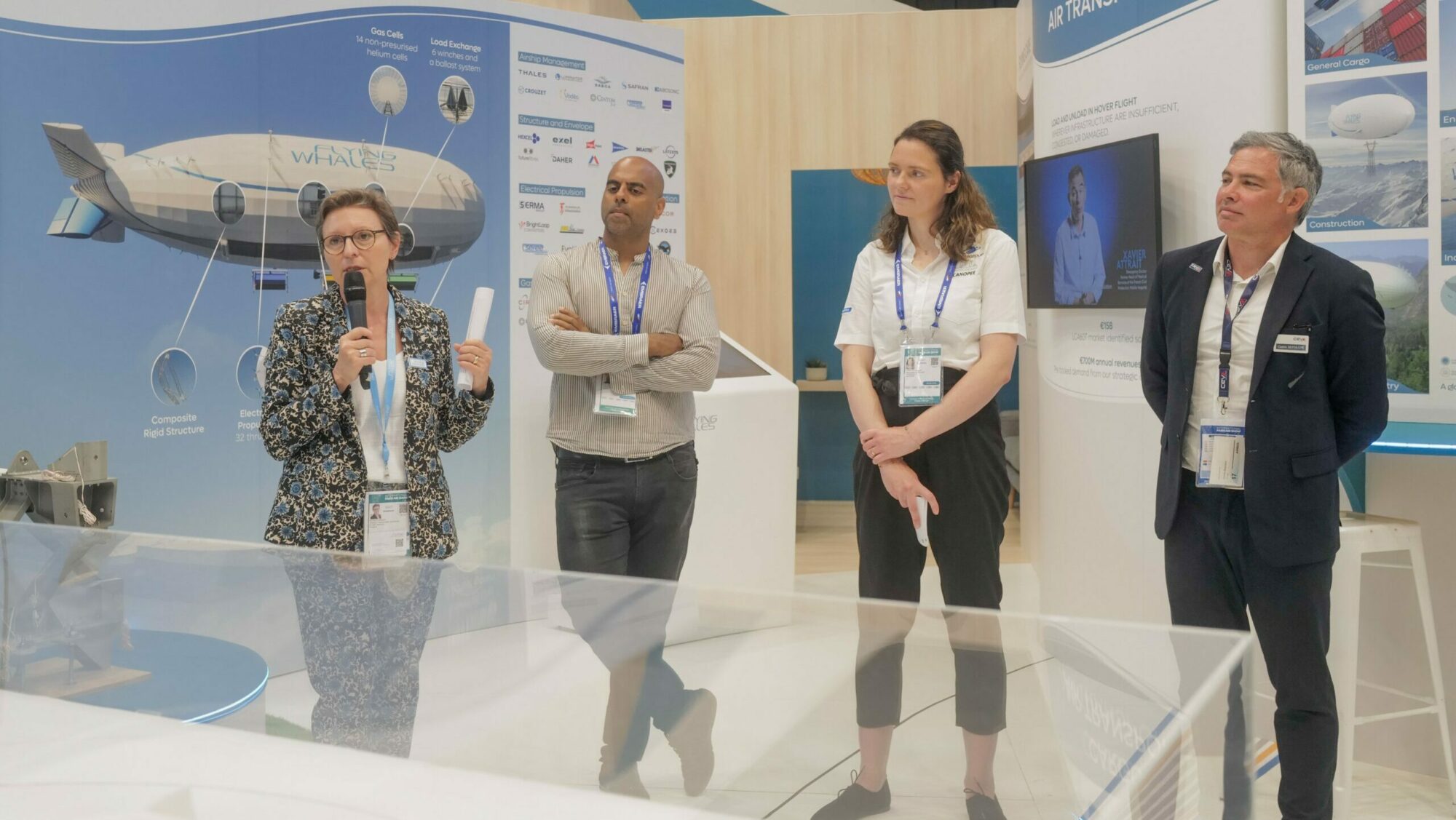- Préparation
- Take-off
17.06.22 / Publications
The age of lightness
The age of lightness

We live in a globalized world that has allowed a tremendous development of exchanges, and has thus accelerated the economic development of its societies. It is true that global growth has led to a progressive and massive decline in poverty, it has helped reduce conflicts and it increases the level of education and health of human beings every day. The economic and social interactions between peoples have been a factor of progress that it would be inappropriate and even dangerous to try to slow down. However, it would be illusory to think that the model on which we have lived since the middle of the 20th century could continue as it is.
By pursuing sustained growth objectives, we have produced more and more negative externalities. One of them, induced by our operating system, is climate disruption. Indeed, if the upheavals already observed and to come are partly linked to natural cycles, it is now clear that human activity has accelerated these evolutions to such an extent that it is becoming difficult for living beings to adapt to the multiple impacts generated in record time. On a large scale, the effects of climate disruption are dramatic and risk annihilating a large part of human progress, notably by increasing inequalities, plunging populations massively back into poverty and destroying part of the biodiversity.
In this context, the weight of our activities, the surface and depth of our collective footprint on earth, is becoming the focus of attention. How can we weigh less? How, finally, to imitate nature, that is to say to grow without excess, without overload?
Needless to say, whatever we do, it will be impossible to eliminate the traces we leave every day on the environment with which we live in symbiosis. It is therefore necessary to gather our forces and our intelligence to lighten up as much as possible. The prospect of lightness, of a smaller footprint, is attractive. To act while feeling as light as the wind, or helium, without leaving any trace, is a positive objective. We could then wish to engage in a dynamic aiming at lightening ourselves, in all the fields of human development. And become more aware of the fragility of the planet we walk on every day.
Take transportation, for example. Let’s not make this sector the receptacle of all the environmental miseries of our modern world; let’s rather analyze the causes of the negative impacts that can result from it. These causes are of three kinds: the intensity of use of a means of transport, the infrastructure that is almost always necessary for the proper functioning of the transport solution in question, and the vehicle itself.
It is then advisable to gather our forces and our intelligence to lighten ourselves to the maximum. […] To act while feeling as light as the wind, or helium, without leaving any trace, that is a positive objective.
To reduce negative externalities, we can therefore act technically and technologically on the vehicle by implementing, for example, an ecodesign and life cycle analysis approach. This holistic vision of the product allows us to think dynamically and iteratively about the possibilities for reducing the negative impacts inherent in its development (choice of materials, good level of integration of technologies that help rationalize its operation, choice of propulsion, etc.). And to take into account, even before its birth, its end of life. If life is a cycle, let us apply this principle to everything we invent and create.
If we then look at infrastructures, let’s agree that, for any transport solution, the means of operation to be deployed are often massive, costly in terms of investment and maintenance, and often deleterious for the environments they cross or even erase. Since the industrial revolution, these infrastructures – rails, stations, ports, roads, airports – have never stopped developing. Interconnection was and is the order of the day. But is it wise, despite the legitimate need for societies to develop in order to live decently, to continue in this way? What if we could reduce the impact of transportation by inventing a mode of transport that does not require ground infrastructure? A kind of light and transparent network.
Finally, regarding the intensity of transport use, it is partly a mental revolution that needs to take place. But it is also a different vision of transport that must be able to emerge, proposing, for example, a greater carrying capacity, to reduce the number of rotations or vehicles used.
By intelligently combining these three factors, global transportation can reduce its footprint while continuing to benefit the flourishing of human life on earth. At FLYING WHALES, we are convinced of this.
That’s why we are developing a large capacity (up to 60 tons) helium-floating airship cargo transport solution that does not require transportation infrastructure (as it loads and unloads in hover) and is designed based on a life cycle analysis to minimize the negative impacts of the vehicle and its operations.
Continuing to connect humans through ultra-modern airships as we design them will not save the planet. But we believe this solution will be at the forefront of a new age: the age of lightness.


